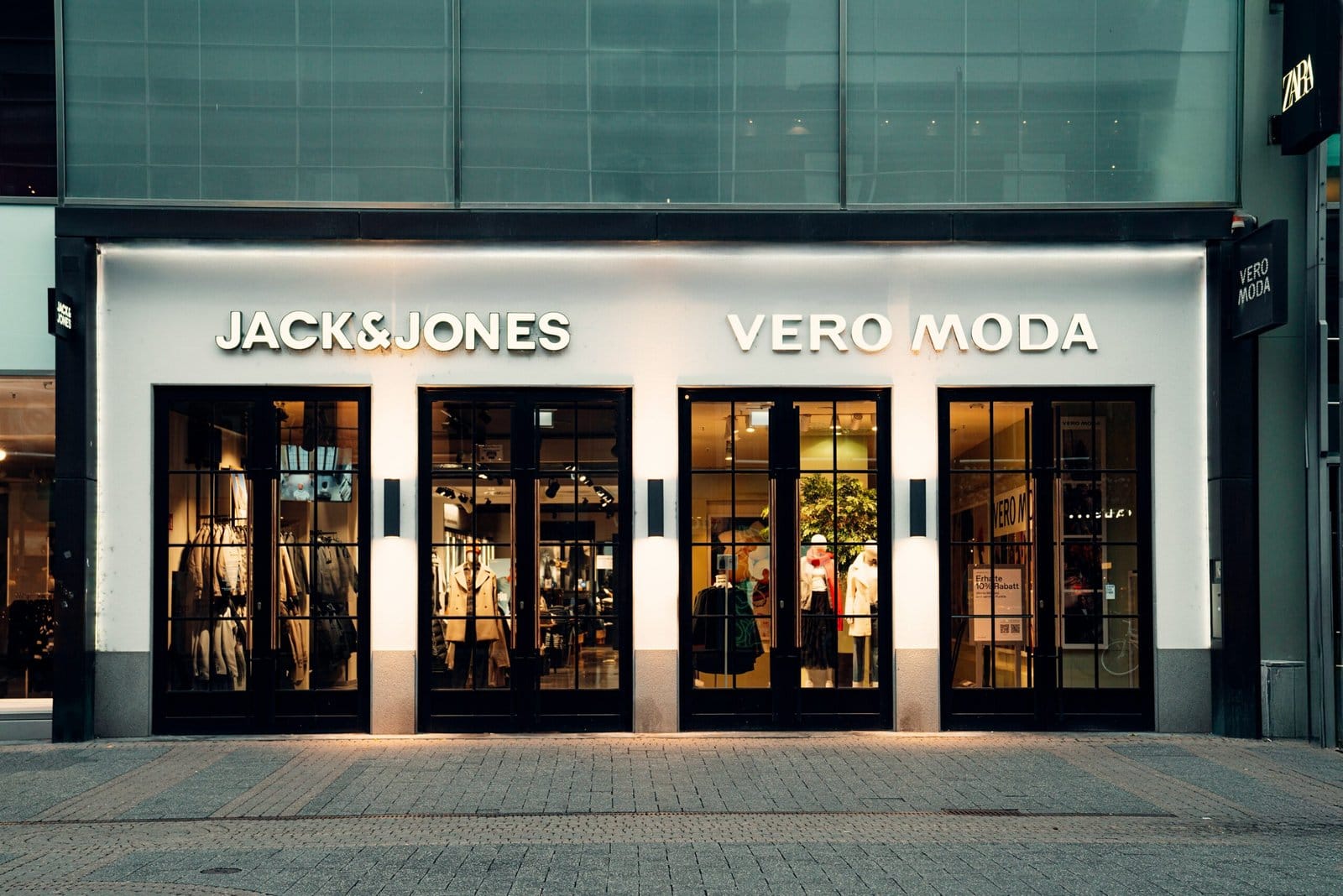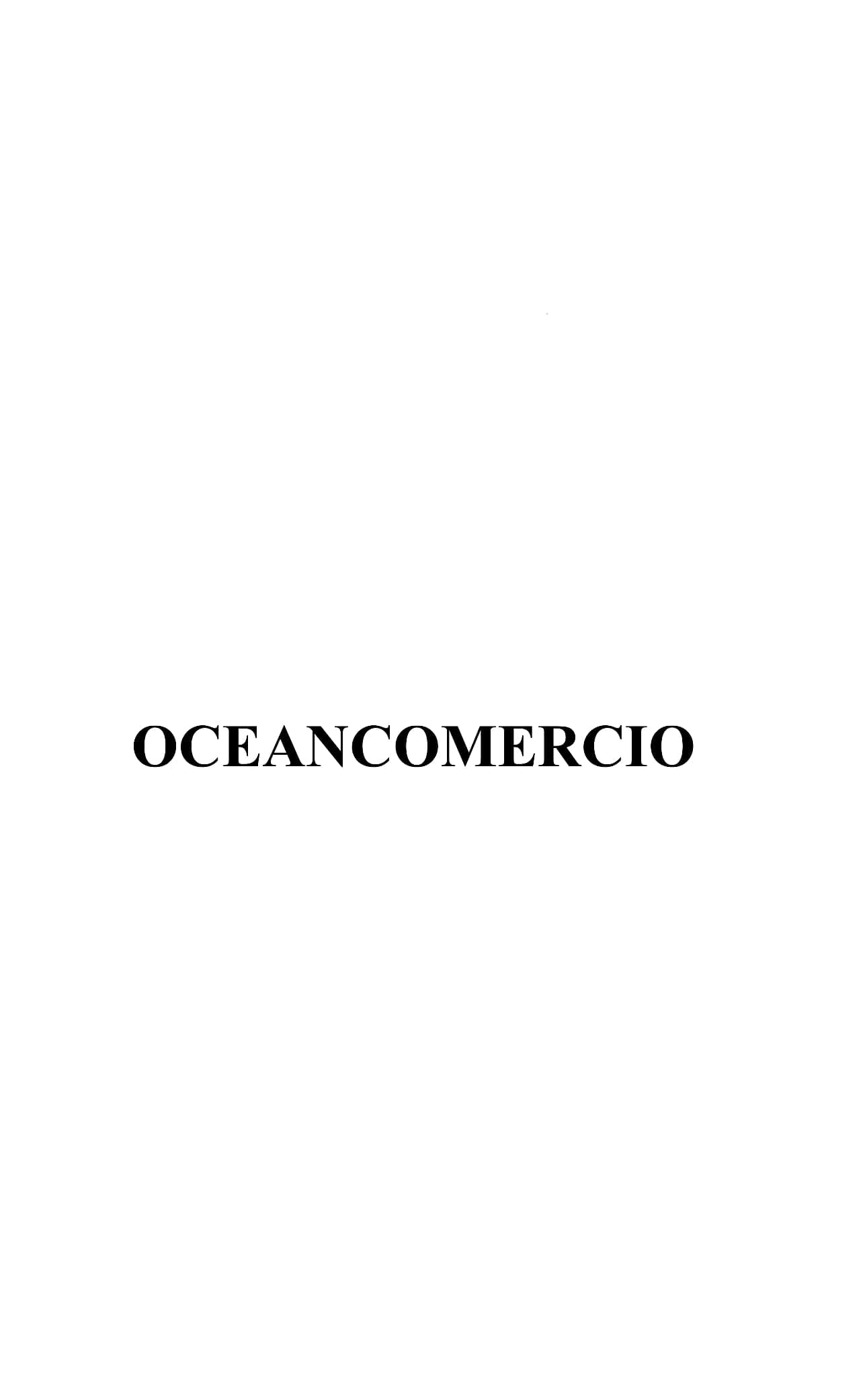Your cart is currently empty!

Introduction to the Fashion Industry
The fashion industry represents a dynamic and multifaceted sector that significantly influences global culture and economy. Comprising various elements including design, production, distribution, and retail, this industry has become a vital part of daily life for millions worldwide. It continually evolves, marked by trends and societal shifts, which drive consumer behavior and preferences. The rise of fast fashion has fundamentally transformed traditional models, leading to a market where rapid production cycles and affordable pricing reign supreme.
Central to the fashion industry are the major clothing brands, which serve as both trendsetters and economic powerhouses. These brands not only dictate the seasonal styles but also play a crucial role in the global economy by generating billions in revenue and creating millions of jobs. Global powerhouses such as Nike, Adidas, Zara, and H&M represent just a fraction of this vast ecosystem, each contributing uniquely to the industry landscape. Their influence extends beyond mere apparel; they shape consumer perceptions and lifestyles through marketing strategies and branding efforts.
The geographical distribution of these clothing brands is a critical aspect of their success. Many have established manufacturing bases in regions where labor and material costs are lower, enabling them to maintain competitive pricing while maximizing profit margins. Additionally, the strategic location of flagship stores in prominent cities enhances brand visibility and accessibility, often earmarking these locations as global fashion capitals. As we delve deeper into the locations of these major clothing brands, it becomes evident that their impact stretches far beyond fashion, intertwining with economic trends and cultural movements across the globe.
Factors Influencing Brand Locations
When examining the dynamics of global clothing brands, several key factors determine the choice of location for their headquarters and production facilities. One of the primary considerations is market access. Major clothing brands often seek locations that offer proximity to their target markets, enabling them to respond swiftly to consumer demands and trends. The essence of a strong market presence drives companies to strategically establish operations in regions close to their largest customer bases.
Labor costs play a critical role in the decision-making process as well. Countries or regions with lower wage rates can provide clothing brands the necessary means to reduce operational expenses significantly. This factor becomes particularly relevant in the manufacturing segment, where labor-intensive processes are involved. However, brands must also consider the skill level of the labor force, as higher quality output might necessitate offering competitive wages.
Supply chain logistics are another critical consideration. Clothing brands rely heavily on efficient supply chain systems to minimize lead times and costs. Locations with robust transportation networks, such as ports and highways, enable seamless movement of materials and finished products. Furthermore, the availability of local suppliers can enhance the efficiency of the production process, allowing brands to maintain flexibility and reduce delays.
Local regulations also impact the decision regarding site selection. Different countries have varying labor laws, environmental regulations, and tax incentives that can influence a brand’s operations. A favorable regulatory environment can attract brands that seek to minimize bureaucratic hurdles while maximizing their profitability. All these interrelated factors contribute to the strategic decisions made by major clothing brands as they seek to navigate the complexities of global markets.
North American Fashion Powerhouses
North America is home to some of the most influential clothing brands that have significantly shaped the fashion landscape both regionally and globally. Among these, brands such as Nike, Levi’s, and Lululemon stand out as powerhouses that reflect the diverse fashion culture and consumer preferences within the United States and Canada.
Nike, headquartered in Beaverton, Oregon, was founded in 1964 and has grown to become synonymous with athletic apparel and footwear. Renowned for its innovative designs and marketing prowess, Nike has established a commanding presence in the global market. The brand’s influence extends beyond fashion, promoting an active lifestyle that resonates across numerous demographics. Its commitment to sustainability and social responsibility also highlights the brand’s evolving approach to modern consumerism.
Levi’s, with its roots tracing back to 1853 in San Francisco, California, pioneered the denim industry and remains a leading brand in casual wear. The iconic Levi’s 501 jeans have become a staple in countless wardrobes, symbolizing both Americana and global style. The brand’s ability to adapt to changing fashion trends while maintaining its classic appeal has enabled it to retain significant market share and cultural relevance over the decades.
On the other hand, Lululemon, founded in Vancouver, Canada, in 1998, emphasizes the fusion of style and comfort in activewear. With a focus on yoga and fitness apparel, Lululemon has carved its niche by creating high-quality products that cater to health-conscious consumers. The company’s distinctive community-driven approach, which includes local events and classes, strengthens its connection with customers and enhances brand loyalty.
These North American powerhouses not only dominate the local markets but also play pivotal roles in the global clothing industry. Their headquarters, innovative designs, and strategic marketing efforts underscore their influential status as leaders in fashion, shaping trends and consumer habits worldwide.
European Fashion Capitals
Europe is a cornerstone of the global fashion industry, home to renowned fashion capitals like Paris, Milan, and London. Each city possesses a unique identity that reflects its historical roots and cultural significance in shaping international fashion trends. Prominent clothing brands with deep ties to these cities have become synonymous with style, luxury, and innovation.
Paris is often regarded as the epicenter of haute couture and luxury fashion. Iconic brands such as Chanel, founded by the legendary Coco Chanel in 1910, have cemented the city’s reputation as a leader in fashion. Chanel’s flagship boutique located on Rue Cambon is a historic site where style and elegance converge. Another notable Parisian brand, Louis Vuitton, specializes in luxury leather goods and has architecturally significant locations, including its flagship store on the Champs-Élysées. The influence of Parisian style extends beyond borders, setting global fashion standards.
Milan, on the other hand, is recognized for its sophisticated aesthetic and artisanal craftsmanship. Home to the likes of Gucci, founded in 1921, the city embodies a unique blend of tradition and modernity. Gucci has transformed itself into a global brand, appealing to a broad audience while respecting its rich heritage through distinctive designs and sustainable practices. Additionally, Prada, another significant player in the Milanese fashion scene, has made waves with its innovative approach to minimalism and luxury.
London adds a distinct flair to the European fashion narrative with its eclectic mix of styles, often characterized by a blend of traditional tailoring and avant-garde designs. Notable brands like Burberry, famous for its signature trench coat and tartan pattern, originated in London and continue to be at the forefront of innovative fashion. The company has successfully adapted to changing consumer preferences while maintaining its storied heritage.
The fashion capitals of Europe not only house prominent clothing brands but also serve as cultural hubs where creativity, artistry, and history converge. The legacy of these cities in the global fashion industry remains unparalleled, continually influencing fashion markets and consumer behavior worldwide.
Asia’s Rising Fashion Influence
Asia has emerged as a vibrant epicenter of fashion, increasingly shaping global trends and consumer preferences. Countries such as Japan, South Korea, and China have nurtured a unique fashion ecosystem, capable of influencing the international scene significantly. One of the leading players from Japan is Uniqlo, which has positioned itself as a staple in contemporary casual wear. Known for its innovative designs and commitment to quality, Uniqlo has successfully attracted a diverse customer base, making it a hallmark of Japan’s contribution to the global fashion landscape.
South Korea has also gained prominence, especially with its burgeoning K-fashion movement. Brands like Gentle Monster have become internationally recognized for their daring eyewear designs, combining artistic flair with functionality. The influence of K-pop and Korean television has further propelled these brands into the spotlight, showcasing the fusion of traditional aesthetics with modern concepts that resonate with younger audiences worldwide. This cross-cultural exchange amplifies South Korea’s standing as a significant player in the fashion industry.
China’s fashion scene cannot be overlooked, as it houses numerous up-and-coming brands that are garnering attention beyond its borders. Traditional clothing such as Hanbok is being reimagined and integrated into contemporary fashion, blending rich cultural heritage with modern styles. This interplay of tradition and innovation reflects the dynamic nature of Chinese fashion, which is increasingly characterized by a strong narrative and aesthetic sensibility. As brands leverage the cultural richness of their respective countries, they contribute to an overarching narrative that highlights Asia’s profound impact on the global fashion industry.
In conclusion, the rise of Asian fashion brands illustrates not only their growth in commercial success but also their essential role in shaping global fashion dialogues. With a blend of tradition, culture, and modernity at the forefront, Asia’s influence is set to expand further, showcasing the diverse tapestry of fashion that thrives within the region.
The Role of Emerging Markets
In recent years, emerging markets such as India, Brazil, and Turkey have established themselves as crucial players in the global fashion industry. These countries are not only home to a growing number of local fashion brands but also significantly influence international fashion trends. With a burgeoning middle class and a young, vibrant demographic, these markets present a wealth of opportunities for both domestic and international brands seeking to expand their reach.
In India, for instance, the fashion landscape is rapidly evolving. Brands like Fabindia and Biba are gaining traction by combining traditional textiles and modern aesthetics, creating collections that resonate with both local and global consumers. The Indian market embraces diverse cultural influences, enabling brands to showcase unique designs that reflect the country’s rich heritage while catering to contemporary tastes. Additionally, the rise of e-commerce platforms in India is allowing local brands to reach a broader audience, making it easier for them to penetrate the global market.
Brazil is another emerging market that is reshaping the global clothing sector. Home to influential fashion events like São Paulo Fashion Week, the country is recognized for its vibrant street style and innovative designers. Brands such as Osklen and Farm Rio illustrate Brazil’s unique blend of sustainability and style, appealing to eco-conscious consumers worldwide. The increasing presence of Brazilian fashion on international runways underscores the nation’s potential to impact global trends significantly.
Turkey, with its strategic geographical position bridging Europe and Asia, serves as a melting pot of styles and inspirations. Turkish brands like Mavi and Koton have found success by integrating local craftsmanship with contemporary design trends, attracting attention beyond the national borders. Furthermore, Turkey’s growing textile industry plays a vital role in supplying international brands, making it an essential hub for fashion production.
Collectively, these emerging markets are not just passive participants; they are actively shaping the future of global fashion through innovation, creativity, and cultural richness. Their influence is likely to grow, signifying a shift in how and where fashion is conceived and consumed, thus altering the dynamics of the global fashion landscape.
Impact of Globalization on Brand Locations
Globalization has significantly transformed the landscape of the clothing industry, influencing where major brands choose to establish their operations. One of the foremost effects of globalization is the relocation of manufacturing bases to countries that offer lower production costs. Emerging economies in Asia, particularly nations such as China, Bangladesh, and Vietnam, have become attractive options for clothing brands seeking to maximize profit margins. This shift is primarily driven by the necessity to decrease labor expenses, reduce overhead, and enhance supply chain efficiencies, all of which are crucial for competing in an increasingly global market.
In tandem with the relocation of production, branding strategies have also undergone notable changes in response to increased international consumption patterns. As consumer preferences broaden, clothing brands are compelled to tailor their marketing tactics to resonate with diverse cultural and economic landscapes. This adaptability often involves localized branding, where companies customize their messaging and product offerings to meet the specific tastes and demands of target markets across the globe. The proliferation of digital marketing has further accelerated this trend, enabling brands to engage with consumers directly and in real-time, fostering greater brand loyalty.
Moreover, increased competition among global clothing brands has necessitated more strategic positioning in international markets. Companies are now focusing not just on cost efficiency but also on sustainability practices and ethical production methods. Such considerations have become paramount as consumers are increasingly inclined to support brands that align with their values, particularly in regions where awareness of social and environmental issues is rising. This evolution exemplifies the profound impact of globalization, demonstrating how clothing brands must continuously adapt their operational and marketing strategies to remain relevant and competitive in a fast-changing world.
Sustainable Fashion and Its Geographic Trends
Sustainable fashion has gained significant traction in recent years, leading to the emergence of numerous eco-friendly clothing brands around the globe. These companies focus on products that are not only stylish but also manufactured with an environmentally conscious mindset. A primary aspect of these brands is their commitment to local sourcing and ethical manufacturing practices, which helps reduce carbon footprints and promote economic sustainability in their respective regions.
Regions such as Scandinavia and certain parts of North America have become pioneers in sustainable fashion. Scandinavian countries, for instance, have integrated sustainability into their fashion culture, with brands emphasizing natural materials, responsible production, and fair wages for workers. Companies like Nudie Jeans and Stella McCartney exemplify this trend by incorporating organic cotton, recycled materials, and transparent supply chains into their business models.
In North America, the shift towards sustainable clothing is evident, with numerous brands emerging in cities like Portland and Los Angeles. These locales are becoming hotbeds for eco-conscious startups that prioritize sustainability across every facet of their operations. For example, brands such as Reformation and Everlane focus on teaching consumers about the environmental impacts of their purchases, thus fostering a more informed clientele.
Moreover, regions in Asia are also seeing a rise in sustainable fashion initiatives, albeit in varying stages of development. Brands in Japan, for instance, are combining traditional craftsmanship with modern sustainable practices, creating a unique fusion that appeals to environmentally aware consumers. Such initiatives not only highlight the importance of preserving artisanal skills but also emphasize the need for responsible production standards across the fashion industry.
As sustainable fashion continues to gain momentum, its geographic trends reveal a compelling narrative about consumer preferences, local cultures, and ethical sourcing practices. These regional pursuits underscore the transformative power of sustainable clothing brands in addressing numerous global challenges, from climate change to labor rights.
Future Trends in Brand Locations
As the clothing industry evolves, so too do the strategic decisions surrounding brand locations. Several key trends are likely to shape the geographical presence of major clothing brands in the forthcoming years. One significant factor is the rapid advancement of technology, particularly in logistics and supply chain management. The emergence of smart logistics systems is set to facilitate faster, more efficient distribution networks, allowing brands to choose locations more flexibly. Brands may increasingly opt for regional distribution centers closer to urban areas, which could reduce delivery times and enhance customer satisfaction.
Another consideration is the shifting behavior of consumers, who are becoming more conscientious about sustainability and ethical practices. As public awareness around these issues grows, clothing brands may gravitate towards locations that align with these values. This could include choosing regions known for responsible sourcing or production methods. Additionally, there is a rising trend in direct-to-consumer (DTC) models, where brands establish flagship stores in urban centers to foster direct relationships with customers. This shift substantially influences how and where brands choose to set up operations, moving them away from traditional retail environments.
Political and geopolitical factors will also enter the equation, particularly in light of increasing trade regulations and tariffs. Brands may consider relocating production facilities to countries with favorable trade agreements or lower logistical barriers. Moreover, the push towards nearshoring—bringing manufacturing closer to the end markets—could drive a revitalization of local industries. As brands strive for greater agility in an ever-changing global market, adaptable location strategies will become imperative for maintaining competitiveness.
In conclusion, the future landscape of clothing brand locations is bound to be complex, influenced by technological, consumer, and geopolitical trends. Brands that proactively adapt to these dynamics will position themselves to thrive in a rapidly shifting environment.


